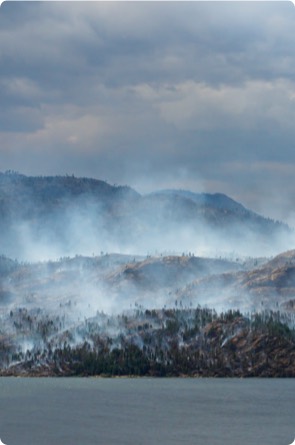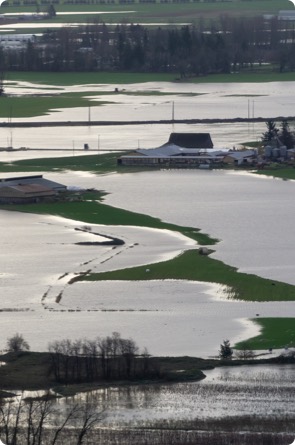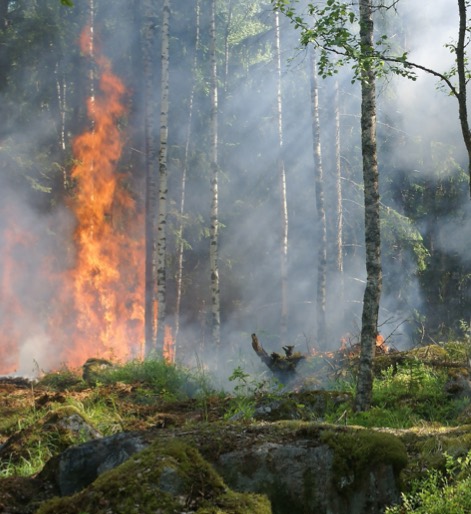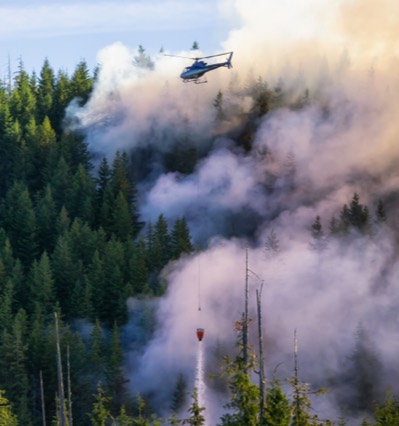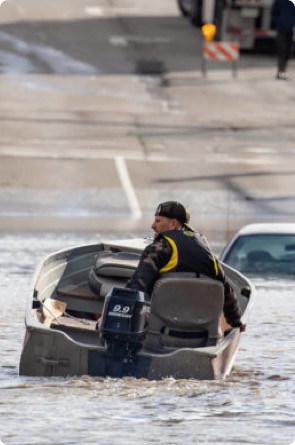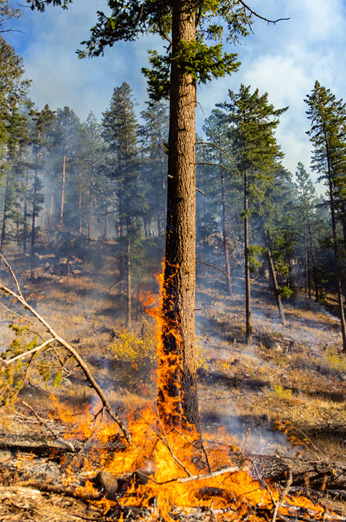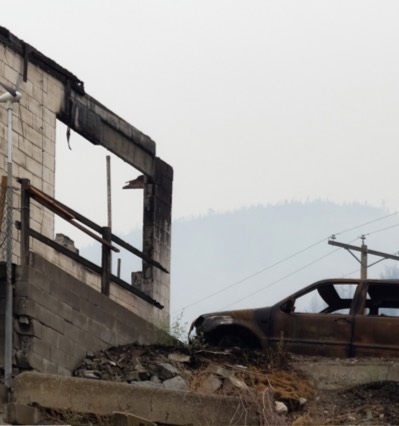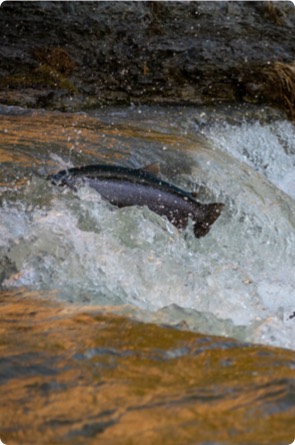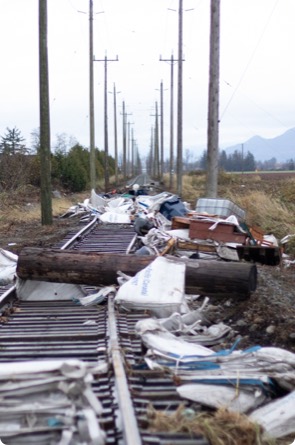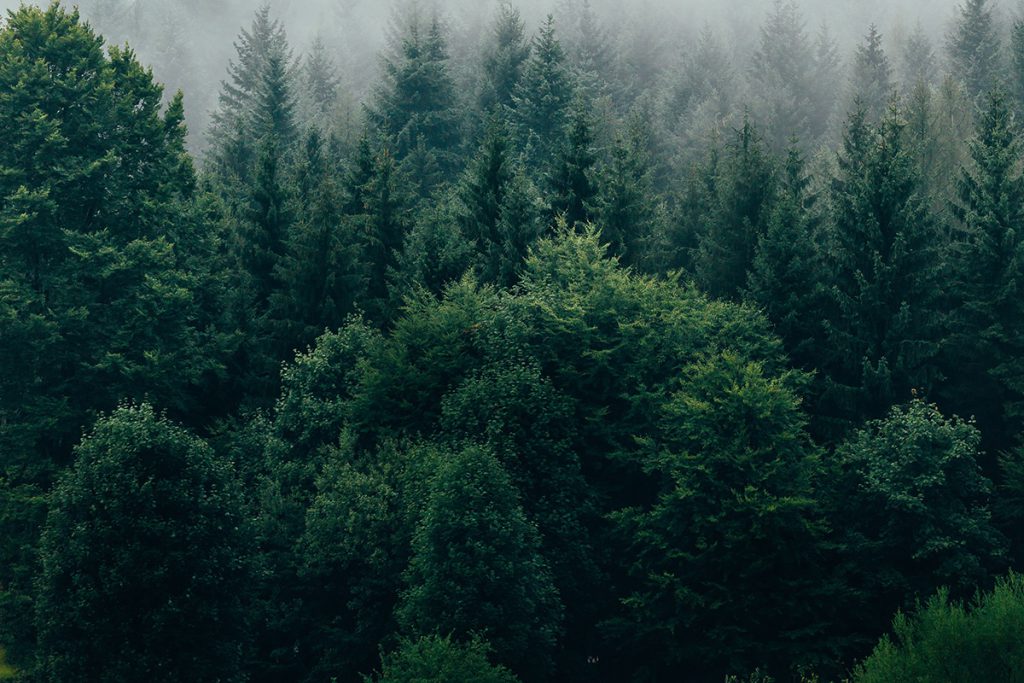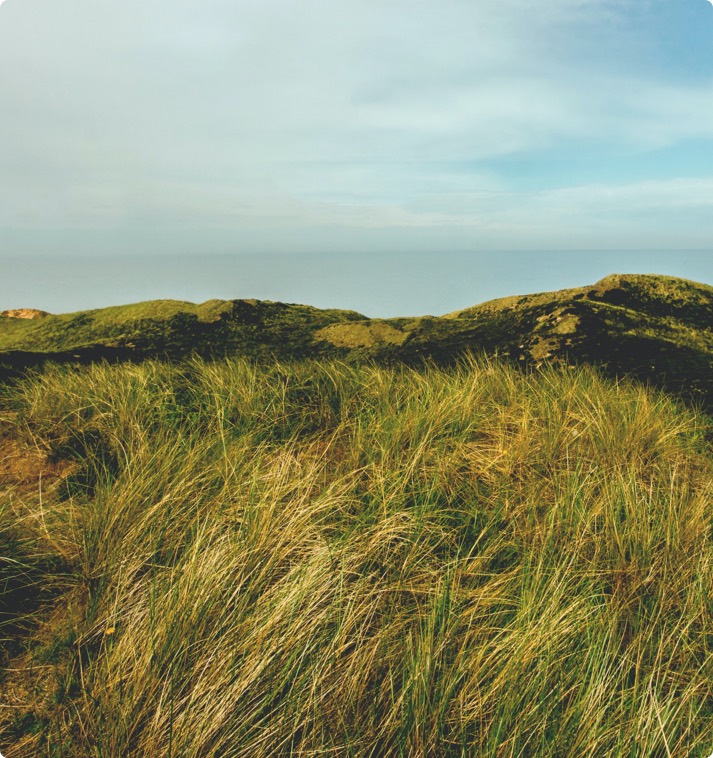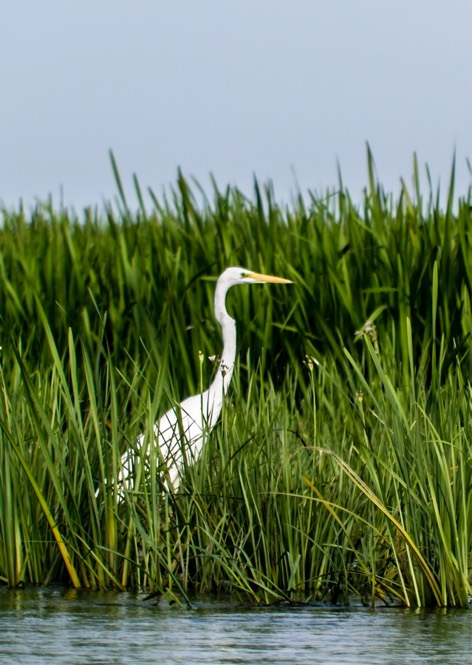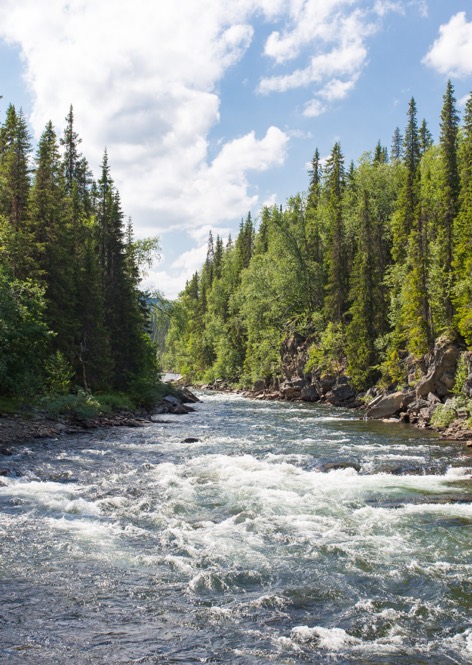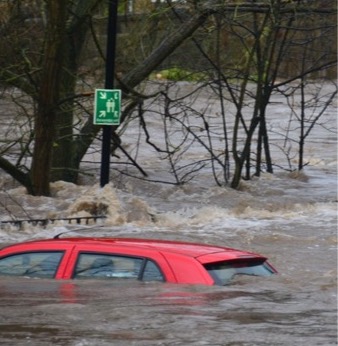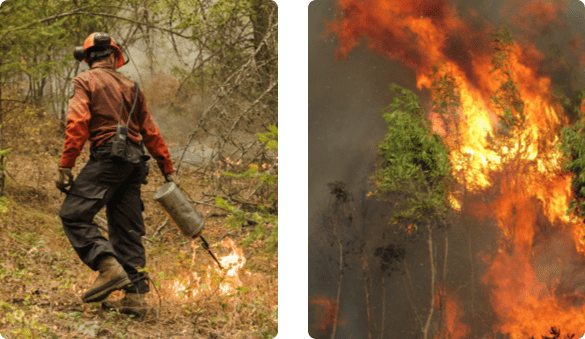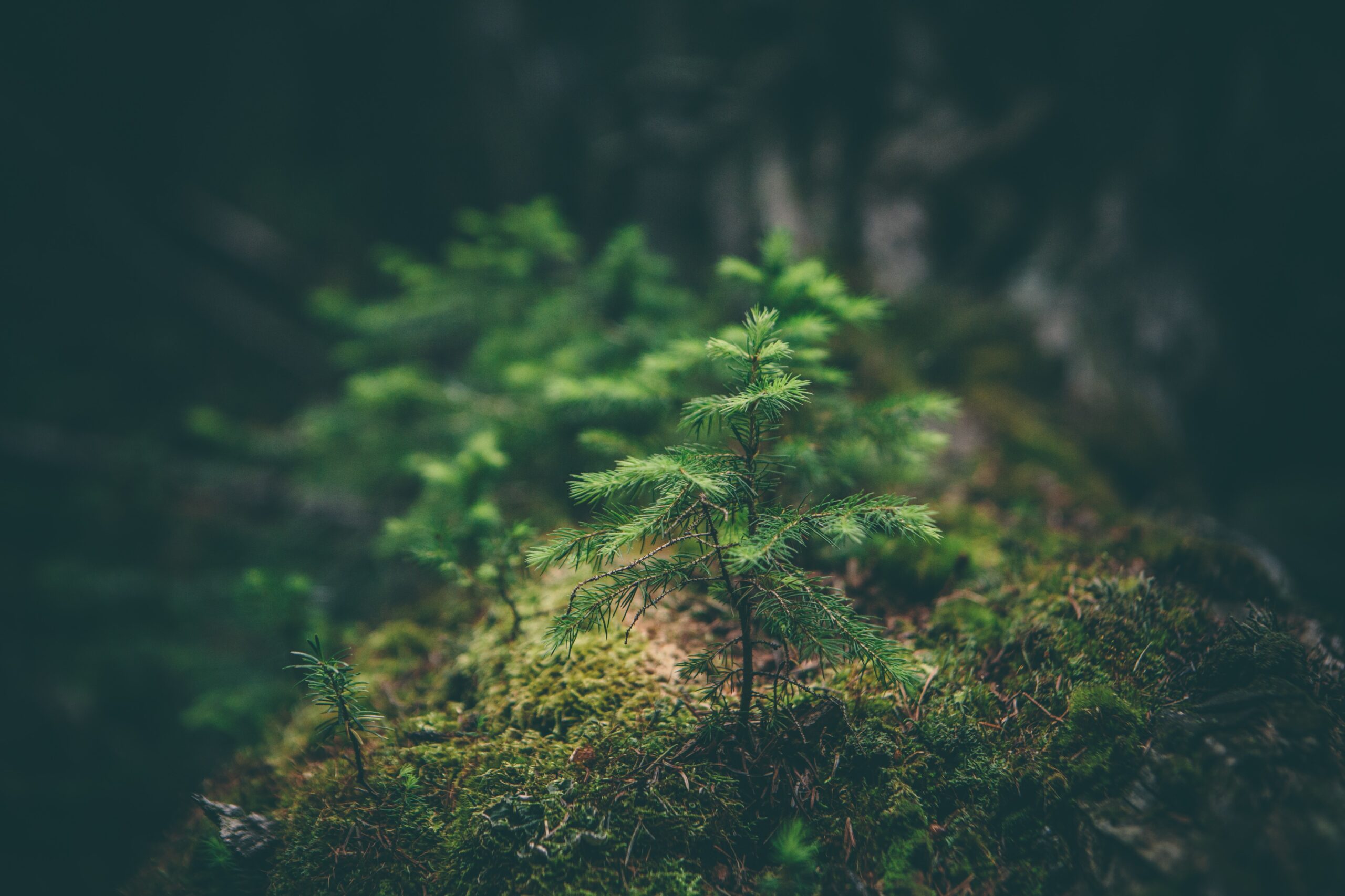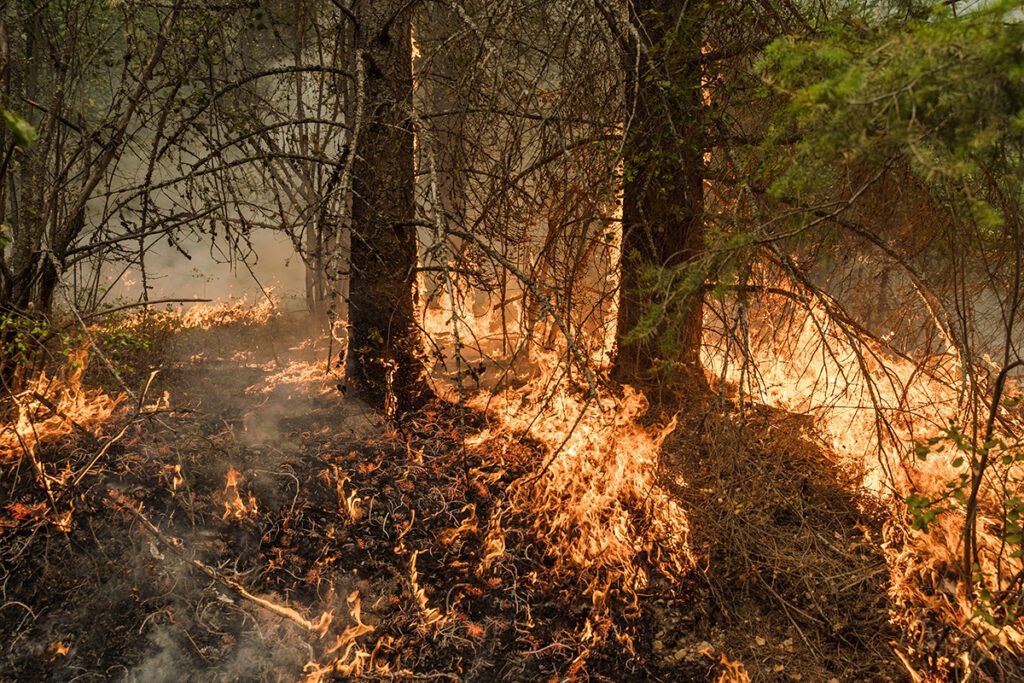Flooding
A flood is an overflow of water onto land that is normally dry. Floods are caused by several factors, including weather-driven events and human-related factors, such as how we manage waterways (via dams, levees, and reservoirs) and the changes we make to the landscape. Past land management mistakes, such as fire suppression, have unintentionally contributed to an increase in large-scale wildfires, which can dramatically alter the terrain and ground conditions. Normally, vegetation absorbs rainfall, reducing runoff. However, wildfires leave the ground charred, barren, and unable to absorb water, creating conditions ideal for flash flooding and mudflow.
Water Contamination & Quality
Higher temperatures can increase photosynthesis in aquatic ecosystems and cause algae blooms that can be harmful to humans and animals. When wildfires burn with high-intensity, as they are predicted to in future climate scenarios, they remove most of the vegetation that functions to trap sediments, filter nutrients, and reduce the effects of water erosion. When this vegetation is consumed, erosion and debris flows become more likely. Increased sediments and nutrients have negative impacts on water quality and increase treatment costs for human consumption.
Health, Infrastructure & Economy
Extreme weather events can negatively impact our physical and mental health, our infrastructure and the economy. For example, wildfires, floods and landslides can damage homes, properties, highways and bridges – sometimes resulting in temporary relocation and a subsequent recovery period. This can also impact transportation, access to critical services, and businesses. Health impacts from these events can include stress and anxiety or respiratory disease due to smoke. The good news is that we can learn from our past mistakes (ie: fire suppression, forest management) and implement positive changes that create more resilient landscapes and healthy, more adaptive communities.
